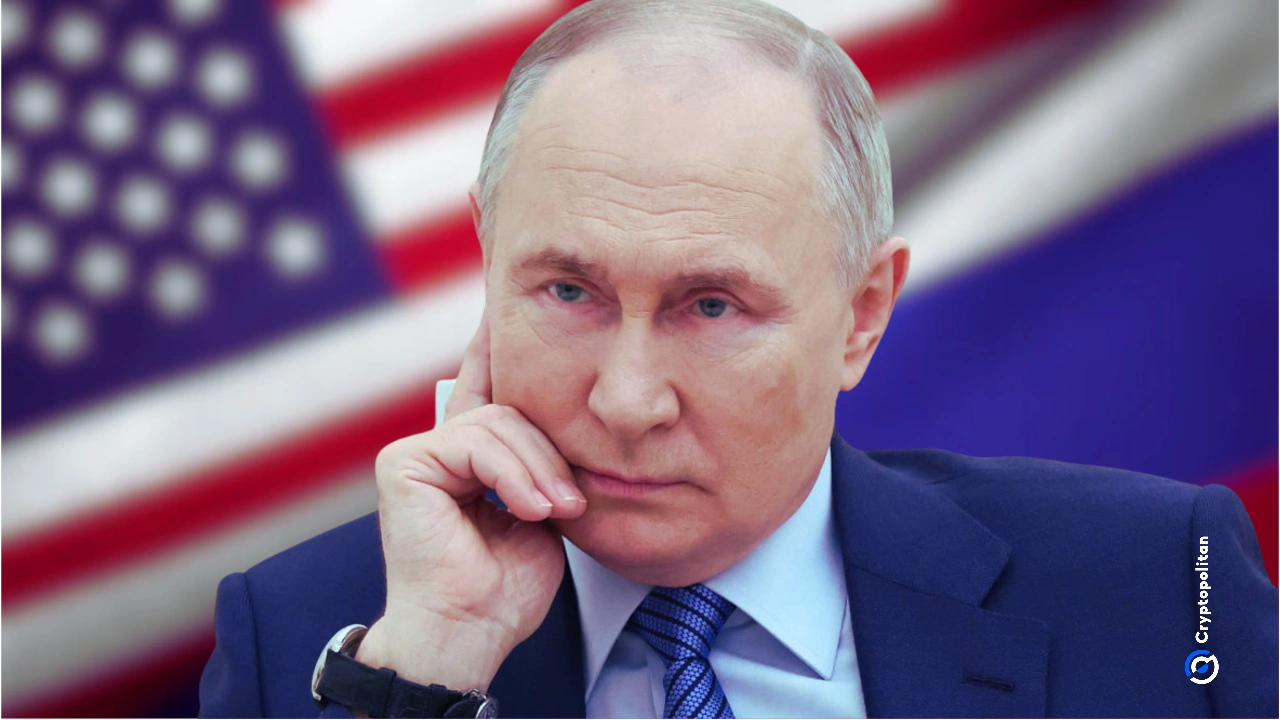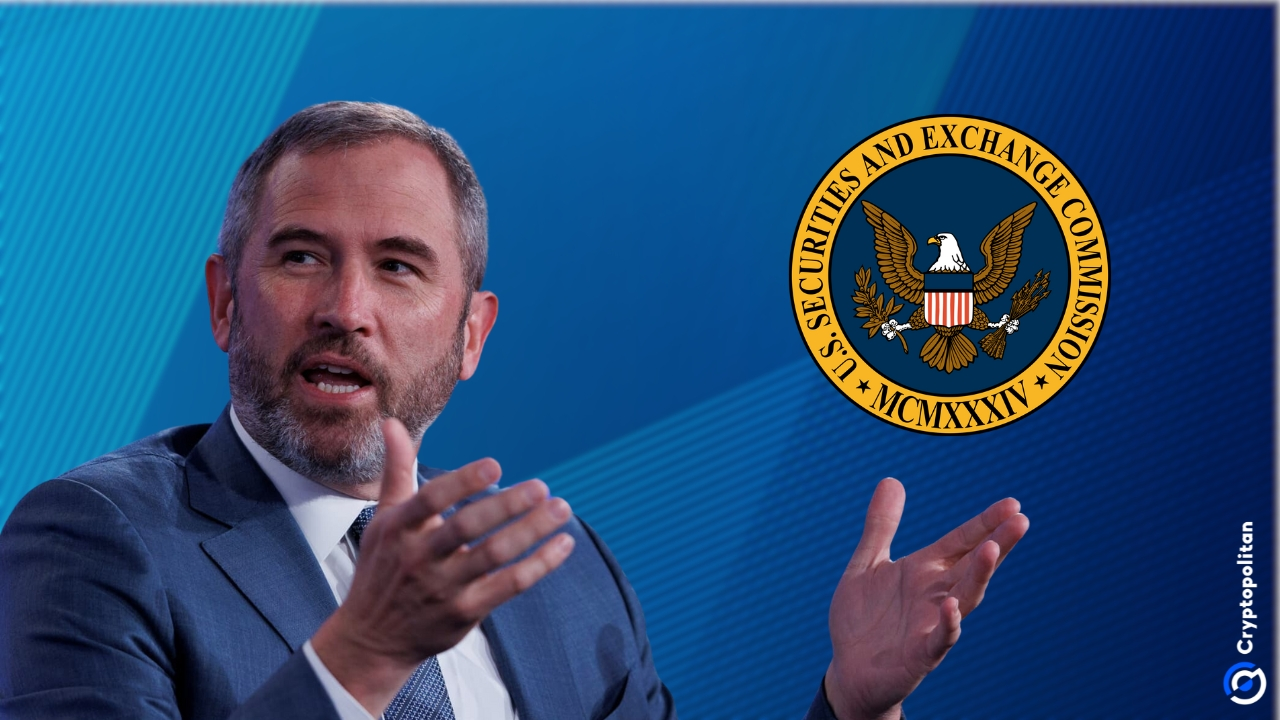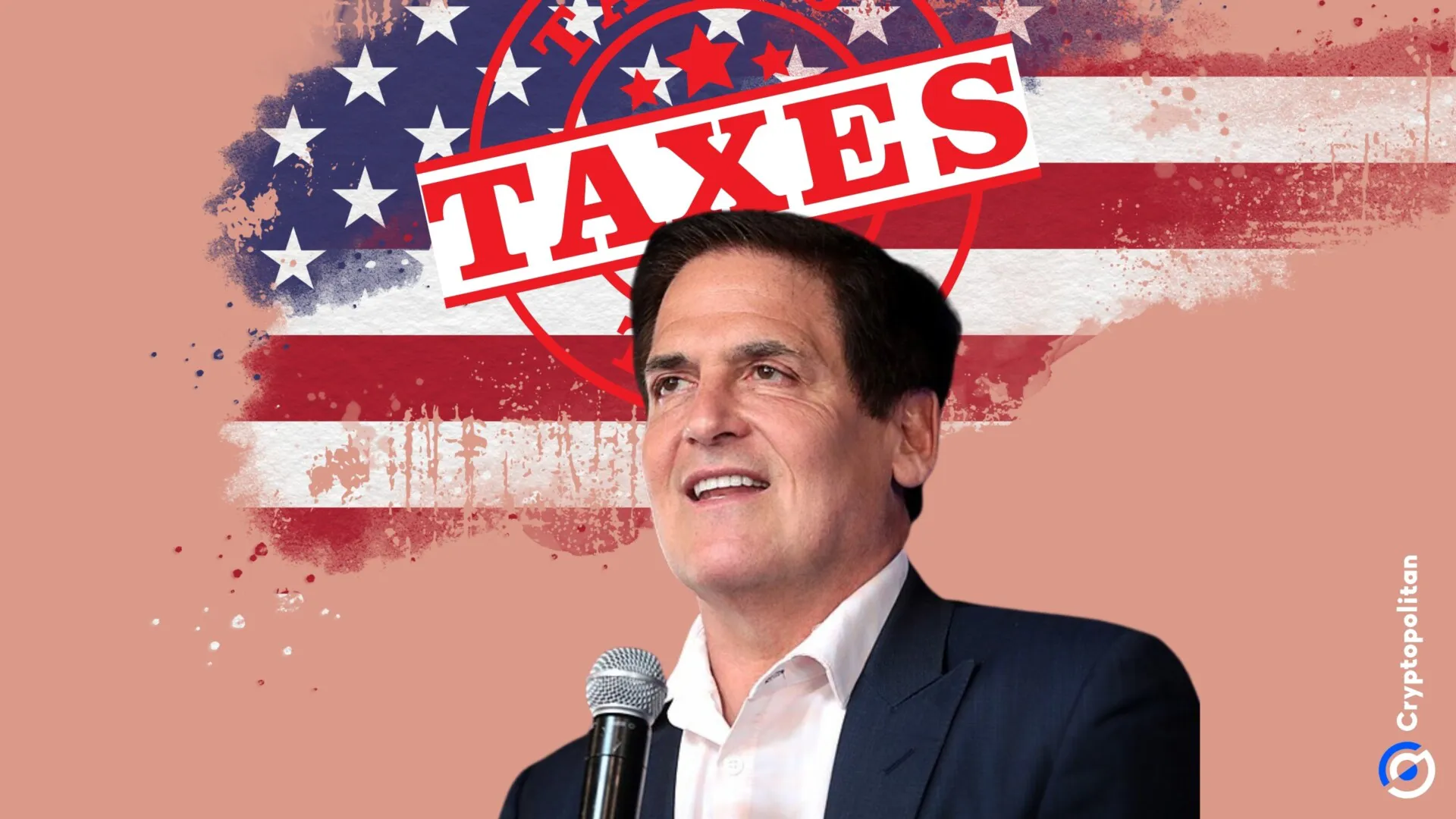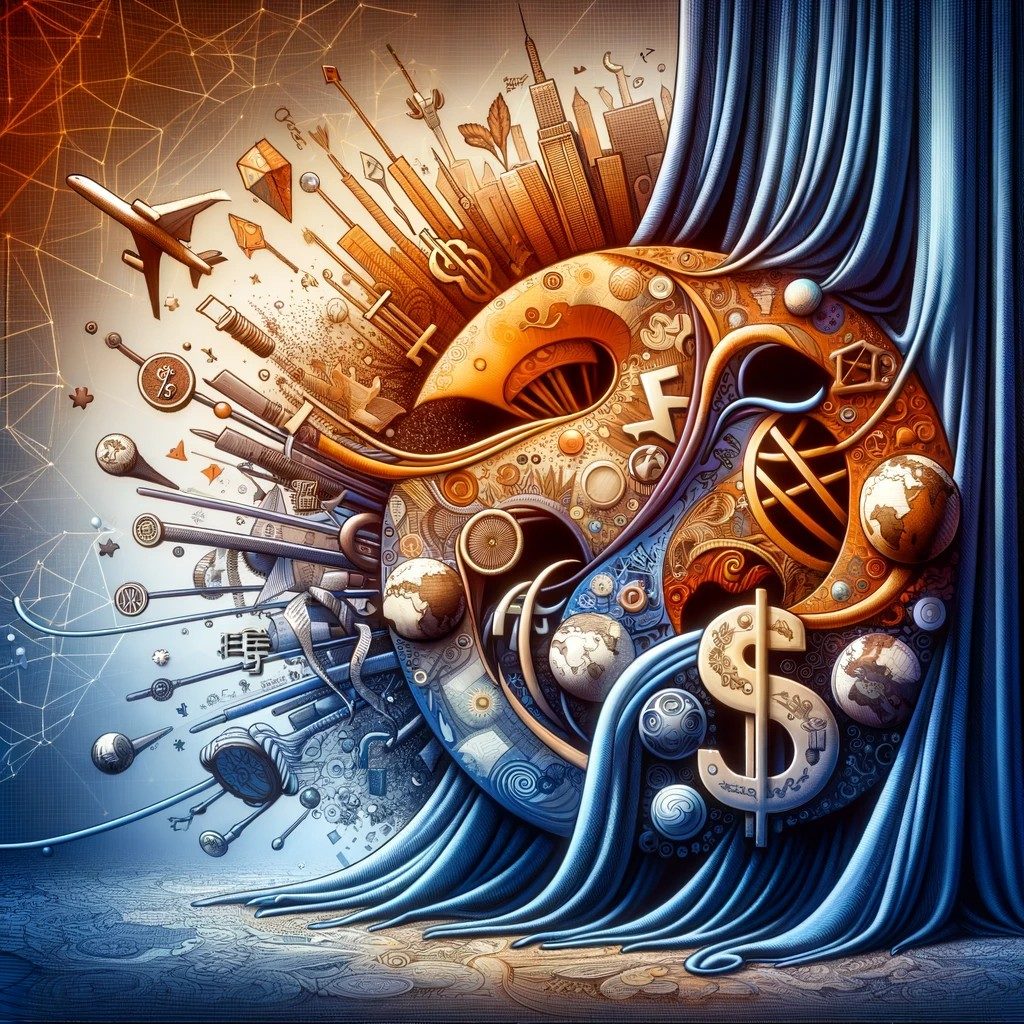Russia’s President Vladimir Putin has said he’s dropping his plans to dethrone the almighty U.S. dollar. Why? Because his longtime “buddy,” President Donald Trump, is back on the scene.
This bold statement comes just after Trump’s recent victory in the election, and Putin’s about-face has people raising eyebrows around the world. The timing is a bit too perfect.
The unexpected development brings the famous Trump-Putin “bromance” back into the spotlight, a relationship that’s stirred endless controversy, fueled countless conspiracy theories, and kept political insiders on edge since Trump first stepped into the Oval Office.
Now, it looks like we’re in for Round Two, and there’s plenty to unpack here—every call, every meeting, every promise that seems to bind these two together.
Trump and Putin’s “special” relationship
Let’s get this straight: Trump has never hidden his admiration for Putin. Throughout his first term, he openly praised the Russian leader. And it wasn’t just vague compliments—Trump went all in with the praise. He called Putin “smart” and “genius” for his moves, even during Russia’s aggressive actions.
Back in 2018, when Trump and Putin met at the Helsinki Summit, Trump did what no one saw coming. He publicly questioned his own intelligence agencies’ conclusions on Russian interference in the 2016 U.S. election. “I have great confidence in my intelligence people,” Trump said, “but I will tell you that President Putin was extremely strong and powerful in his denial today.”
Not your typical post-summit talk, right? And Trump didn’t stop there. Even after Russia’s 2022 invasion of Ukraine, he couldn’t resist complimenting Putin. “I’d say that’s pretty smart,” Trump said about Putin taking over parts of Ukraine. “He’s taking over a country—really a vast, vast location, a great piece of land with a lot of people, and just walking right in.”
He doubled down on the praise while everyone else in the West condemned Russia. Whatever else was said in private between them, these public displays of respect weren’t missed by anyone paying attention.
Secret conversations and COVID-19 “favors” after the White House
Even after he left office, the Trump-Putin connection didn’t disappear. Recently, journalist Bob Woodward dropped a bombshell in his new book, War. The book claims Trump has kept up private phone calls with Putin, with reports of at least seven calls between them since he left the White House.
The details? Sparse, but enough to get people talking. According to an unnamed Trump aide, the two stayed in close contact, and the topics of those calls remain a mystery.
One of the most eyebrow-raising claims? Trump apparently sent rare COVID-19 test kits to Putin in 2020, right in the middle of a global shortage. According to Woodward’s book, Trump provided these exclusive test kits for Putin’s personal use, and Putin’s message to Trump was simple: “Don’t tell anybody because they’ll get mad at you, not me.”
If true, it adds complexity to an already tangled relationship, suggesting Trump was willing to break protocol to keep Putin happy, even in his final days in office.
Russia, Ukraine, and the dollar’s place in the world
Trump’s cozy relationship with Putin has real consequences, especially when it comes to U.S. foreign policy. Trump made it clear he wasn’t a fan of aiding Ukraine.
Throughout his presidency and after, he criticized the U.S. government’s financial support to Ukraine and pushed Republicans to stop more aid from flowing. Trump even claimed he could end the ongoing conflict in Ukraine within “24 hours” if he got back in office.
William Pomerantz, an analyst at the Wilson Center, said, “Trump believes that he can end the war in Ukraine in a week, but that would require conceding to all of Putin’s demands. That would essentially end our alliance with Europe and our international credibility.”
To put it bluntly: a Trump-brokered “peace” deal might mean handing Ukraine over to Russia on a silver platter, and it’s likely Putin wouldn’t complain about that arrangement.
For years, BRICS+ countries—Brazil, Russia, India, China, South Africa, along with new members like Iran and Egypt—have been pushing to move away from dollar dependence.
With Russia chairing BRICS in 2024, Putin had proposed initiatives to ramp up trade in BRICS countries’ own currencies and even develop a new cross-border payment system to sidestep the SWIFT network, which the U.S. controls.
BRICS de-dollarization: Multi-currency systems and blockchain payments
The biggest idea? A multi-currency trading system for BRICS countries, sidestepping U.S. economic influence. They’ve been talking about a cross-border payment initiative, or BCBPI, to cut the dollar out of trade. Here’s the strategy in simple terms: trade in national currencies, avoid the SWIFT messaging system, and make use of blockchain.
Putin’s proposal goes deeper than just swapping one currency for another. “BRICS will experiment with distributed ledger technology,” he said, “promoting the use of central bank digital currencies (CBDCs) so nations can settle trade imbalances directly, without the need for SWIFT.”
In other words, the goal is for BRICS to create a financial ecosystem where member countries don’t need to rely on U.S.-centric systems at all.
This BRICS Clear Platform is a piece of this puzzle. This new securities accounting and settlement system aims to shift financial instruments away from the U.S. dollar. It would facilitate investments in national currencies among BRICS countries.
But make no mistake, they aren’t just playing around with small trades. BRICS wants a whole new way to handle debt, even proposing an “investment hub” that could issue debt in national currencies rather than euros or dollars.
Central Bank Digital Currencies and BRICS’ m-Bridge
BRICS countries aren’t stopping with regular currency swaps. They’re jumping into the digital age with central bank digital currencies (CBDCs). Russia’s m-Bridge project is their way of fast-tracking this digital currency strategy for international payments.
According to ING analysts, “Over the last four years, the share of BRICS foreign exchange in cross-border bank claims has increased to 15%, while other emerging market currencies have risen to 19%.”
The initiative doesn’t stop there. Kremlin aide Yury Ushakov announced in 2024 that a BRICS blockchain payment system, dubbed BRICS Bridge, is already in development. This payment system would link BRICS member countries’ financial systems, enabling fast and easy digital payments across borders.
The BRICS blockchain-based payment system has been engineered to work like a digital backbone for this dollar-free financial system. This will connect national CBDCs and bypass traditional banking channels. To put it simply, they’re using blockchain to shut out the dollar from their transactions.
The bloc is also looking to set up new trade mechanisms to buy and sell commodities without ever needing to touch the dollar. First up? A BRICS Grain Exchange and a new pricing agency to handle things like grain, oil, and gas. Instead of the dollar, these commodities could be priced in local currencies.
BRICS is also pushing for new trading centers focused on raw materials like gold, oil, and natural gas. The idea is straightforward: create dollar-free zones where these resources are traded and settled without involving U.S. banks or payment systems. BRICS has even hinted that gold could be used as a reserve for these exchanges, but as ING notes, “Despite active buying by BRICS+, gold is still only 10% of their central bank reserves, half of the global average.”
Challenges facing BRICS
But here’s the kicker. None of this is easy to pull off. Setting up an alternative to SWIFT is a massive technical challenge, and Eva Seiwert from the Mercator Institute for China Studies puts it bluntly: “There is still a long way to go before BRICS will ever launch a payment system that could be treated as a serious alternative to SWIFT.”
And the technical issues are just the start. Even if they could get this new system online, they’d still have to deal with currency volatility. How do you maintain stable exchange rates between countries with such different economies?
To make things worse, BRICS doesn’t have the same clout the dollar has. ING points out that “BRICS+ has a much smaller global presence in cross-border bank claims, international debt securities, and broader external debt, limiting the impact of its regional de-dollarization for the global role of the U.S. dollar.”
Another challenge is the politics. BRICS is made up of countries with radically different political systems and agendas. The Council on Foreign Relations notes that for a BRICS currency to work, they’d need a banking union, a fiscal union, and total macroeconomic convergence. That kind of harmony? Highly unlikely.
The New Development Bank, the BRICS bank, has also expanded its reach, adding new members and working on a big project pipeline. As the U.S. keeps slapping sanctions on its adversaries, Russia and its allies are more motivated than ever to find ways around the dollar.
U.S. Treasury Secretary Janet Yellen said it herself: “The more sanctions the U.S. imposes, the more countries [BRICS] will seek financial transaction methods that do not involve the U.S. dollar.”





